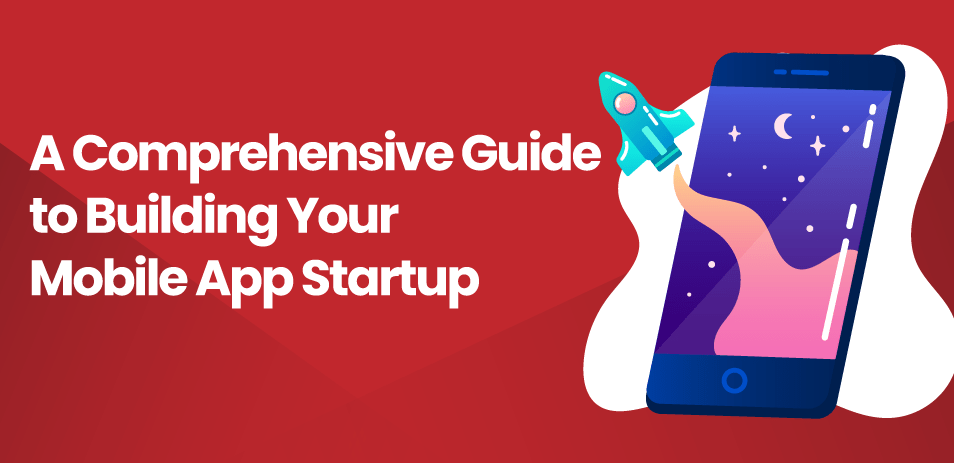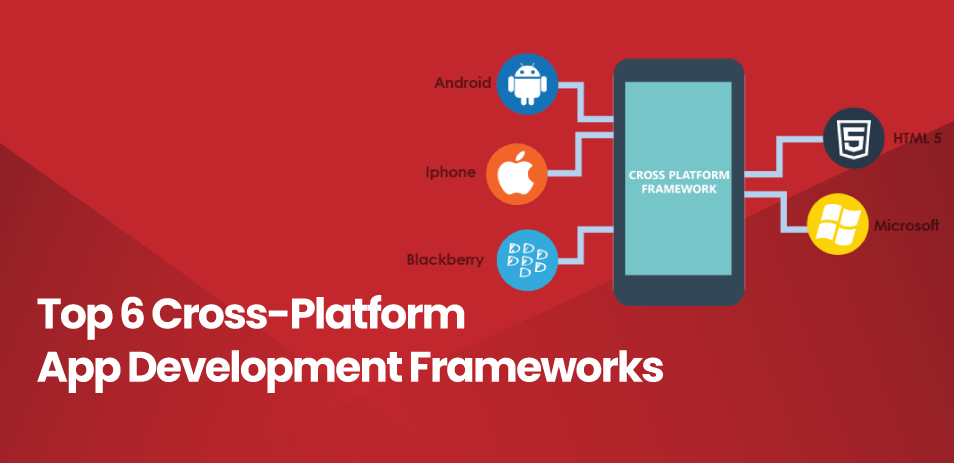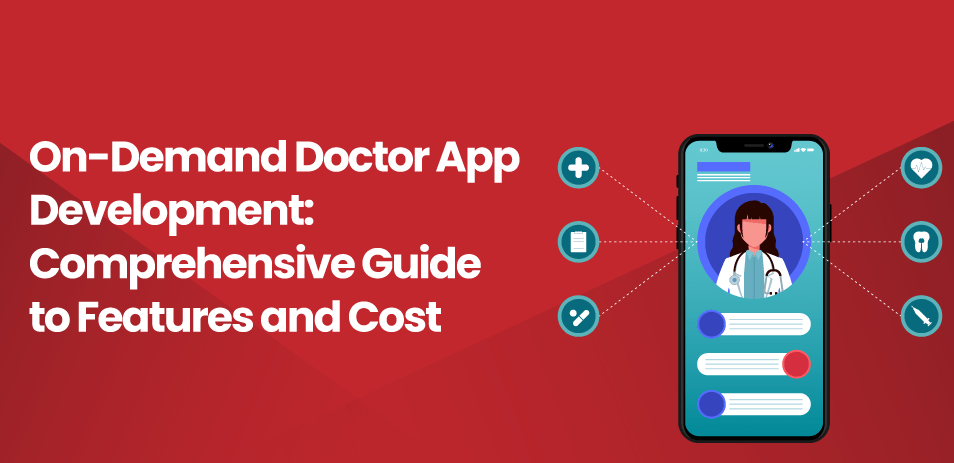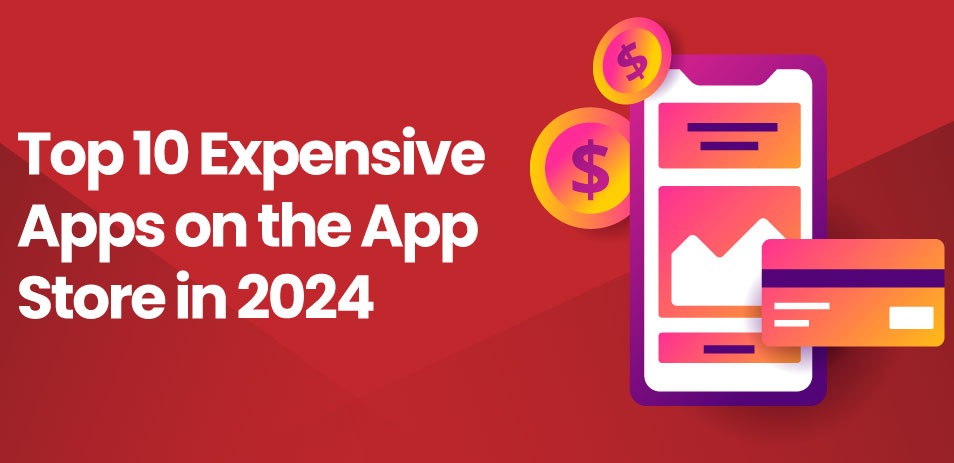Introduction
In today’s hyper-connected world, where smartphones have become an indispensable part of our daily lives, the mobile app industry stands as a testament to the power of innovation and technology. With millions of apps available across various platforms, ranging from gaming and social media to productivity and e-commerce, the mobile app industry has experienced exponential growth over the past decade.
Amidst the vast landscape of the mobile app industry lies a realm of opportunity for aspiring entrepreneurs to carve their path to success. However, navigating the complexities of launching a mobile app startup requires more than just a great idea and technical know-how. It demands strategic planning, meticulous execution, and a deep understanding of market dynamics and user behavior.
In this blog, we will delve into the intricacies of creating a successful mobile app startup. From conceptualization and startup app development to marketing and monetization, we will explore the essential steps and strategies that can help turn your app idea into a thriving business venture. Whether you’re a seasoned entrepreneur looking to venture into the mobile app space or a first-time founder with a groundbreaking concept, this guide aims to provide valuable insights and actionable advice to set you on the path to success. So, let’s embark on this journey together and unlock the secrets to building a successful mobile app startup.
- There are over 7.1 billion smartphone users worldwide, and app usage continues to rise steadily.
- Total revenue is expected to show an annual growth rate (CAGR 2022-2027) of 8.83%, resulting in a projected market volume of US$673.80bn by 2027.
- Smartphone users spend an average of 4.2 hours per day on their devices, with a significant portion of that time dedicated to mobile apps.
- The cost of developing a mobile app can vary greatly depending on complexity, but can range anywhere from $10,000 to over $500,000.
Understanding the Mobile App Landscape
In the ever-evolving world of mobile apps, understanding the landscape is crucial for success. This section will delve into the various aspects of the mobile app ecosystem, from analyzing current trends and identifying niche markets to learning from successful competitors.
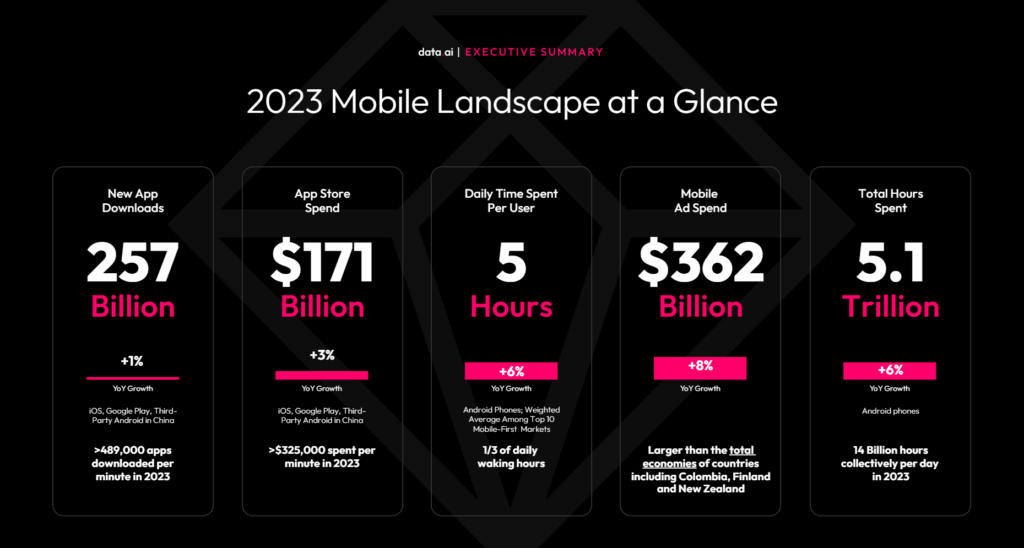
Market analysis: Current trends and projections
The mobile app market is dynamic and constantly evolving, with new trends and innovations emerging at a rapid pace. Conducting a thorough market analysis is essential to gain insights into the latest trends, consumer preferences, and industry projections. Key areas to explore include:
- App categories: When venturing into the realm of startup business mobile app development, it’s crucial to identify prevalent app categories and emerging trends. While gaming, social networking, and e-commerce apps dominate, niche segments like health and fitness, education, and productivity are also burgeoning.
- User behavior: Understand how users interact with mobile apps, including usage patterns, preferences, and engagement metrics. Analyze factors such as frequency of app usage, time spent per session, and in-app purchases to gain a deeper understanding of user behavior.
- Platform trends: Explore trends specific to mobile platforms such as iOS and Android, including adoption rates, market share, and platform-specific features and guidelines.
- Market projections: Review industry reports and forecasts to gain insights into the future growth and potential of the mobile app market. Consider factors such as smartphone penetration, global app revenue, and emerging markets to anticipate future opportunities and challenges.
Identifying Mobile App Startup Market
While the mobile app market may seem saturated with countless apps vying for users’ attention, there are still ample opportunities to tap into niche markets and target specific audiences. Identifying a niche market involves:
- Market research: Conduct research to identify underserved or overlooked market segments with specific needs or interests in app development for startups. Look for gaps in existing offerings and explore untapped demographics or industries.
- User personas: Create detailed user personas based on demographics, psychographics, and behavioral patterns. Understand your target audience’s preferences, pain points, and motivations to tailor your app to their needs.
- Competitive analysis: Evaluate competitors targeting similar niche markets to identify strengths, weaknesses, and opportunities. Analyze their app features, marketing strategies, and user feedback to inform your product strategy and positioning.
Ready to carve out your niche in the mobile app market?
Let us help you identify and seize untapped opportunities.
Yes Let’s goCompetitor analysis
Learning from successful competitors is a valuable strategy for gaining insights and inspiration for your mobile app startup. Conduct a comprehensive competitor analysis by:
- Identifying key competitors: Identify direct and indirect competitors in your app category or niche market. Look for apps with similar features, target audiences, or value propositions.
- Analyzing app features: Evaluate competitors’ app features, functionalities, and user experience. Identify unique selling points (USPs) and areas for improvement or differentiation.
- Reviewing user feedback: Analyze user reviews, ratings, and feedback on competitor apps to understand user satisfaction, pain points, and feature requests. Identify common themes and opportunities to address unmet needs or enhance user experience.
- Benchmarking performance: Compare competitors’ performance metrics such as app store rankings, downloads, and revenue. Benchmark your performance against industry leaders to set realistic goals and benchmarks for success.
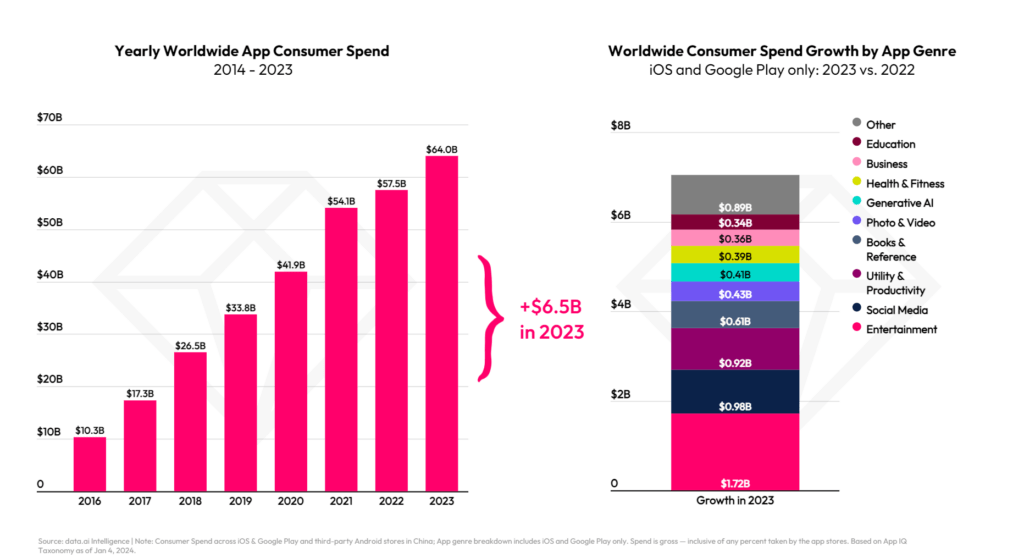
Developing Your App Idea
Developing your app idea is a pivotal phase in the journey of creating a successful mobile app startup. It involves transforming your initial concept into a well-defined and viable product that addresses user needs and adds value to their lives. This process typically encompasses brainstorming, validation, and refinement to ensure that your app idea has the potential to succeed in the competitive app market. Here’s a breakdown of the key steps involved in developing your app idea:
Brainstorming and Idea Generation:
- Begin by generating and exploring various app ideas. Brainstorm with your team or on your own, keeping in mind your interests, expertise, and market trends.
- Consider factors such as user needs, pain points, and emerging technologies that could inspire innovative solutions.
- Encourage creativity and open-mindedness during the brainstorming process to explore a wide range of possibilities.
Validating Your App Idea:
- Once you have a list of potential app ideas, it’s essential to validate them to ensure they have market demand and are feasible to execute.
- Conduct market research to assess the demand for your app idea and identify potential competitors. Look for similar apps in the market and analyze their features, user base, and reviews.
- Gather feedback from your target audience through surveys, interviews, or focus groups. Understand their needs, pain points, and preferences to validate whether your app idea solves a genuine problem or fulfills a need.
- Consider building a prototype or conducting a proof-of-concept to test your app idea’s feasibility and gather early feedback from users.
Defining Your App’s Unique Selling Proposition (USP):
- Once you’ve validated your app idea, define its unique selling proposition (USP) – what sets it apart from existing solutions and why users should choose your app over competitors.
- Identify the core features and functionalities that make your app unique and valuable to users. Focus on solving a specific problem or addressing a particular niche market.
- Clearly articulate your app’s value proposition concisely and compellingly. Highlight the benefits and outcomes users can expect from using your app.
Refining Your App Idea:
- Iterate and refine your app idea based on the feedback and insights gathered during the validation process.
- Prioritize features based on user needs, feasibility, and potential impact. Consider starting with a minimum viable product (MVP) – a scaled-down version of your app with essential features – to test the market and gather additional feedback.
- Incorporate user feedback and iterate on your app’s design, functionality, and user experience to continuously improve and enhance its value proposition.
- Stay adaptable and open to pivoting or adjusting your app idea based on evolving market trends, user feedback, and business goals.
Planning and Strategy
Planning and strategy are fundamental aspects of creating a successful mobile app startup. They involve setting clear goals, devising a roadmap, and outlining actionable steps to guide the startup app development, launch, and growth of your app. Here’s a detailed exploration of planning and strategy for your mobile app startup:
Creating a Business Plan:
- Start by crafting a comprehensive business plan that outlines your app startup’s mission, vision, and objectives. Define your target market, user personas, and competitive landscape.
- Outline your app’s unique value proposition, key features, and monetization strategy. Consider factors such as pricing models, revenue streams, and customer acquisition channels.
- Conduct a SWOT (Strengths, Weaknesses, Opportunities, Threats) analysis to assess internal and external factors that may impact your app startup’s success.
- Set specific, measurable, achievable, relevant, and time-bound (SMART) goals for your app startup, such as user acquisition targets, revenue milestones, and product development timelines.
Setting Realistic Goals and Milestones:
- Break down your business plan into actionable goals and milestones to track your progress and measure success.
- Define short-term and long-term goals for different aspects of your app startup, including product development, marketing, and revenue generation.
- Establish key performance indicators (KPIs) to monitor and evaluate the performance of your app startup against predefined metrics.
- Prioritize goals and milestones based on their Importance, feasibility, and impact on your app startup’s growth and sustainability.
Choosing the Right Monetization Strategy:
- Explore different monetization strategies to generate revenue from your mobile app. Common monetization models include freemium, subscription, in-app purchases, advertising, and sponsorship.
- Evaluate the suitability of each monetization model based on your app’s target audience, value proposition, and competitive landscape.
- Consider conducting market research and user surveys to understand user preferences and willingness to pay for your app or related products/services.
- Test and iterate on your monetization strategy based on user feedback, market trends, and performance metrics to optimize revenue generation.
Risk Management and Contingency Planning:
- Identify potential risks and challenges that may arise during the development, launch, and operation of your app startup.
- Develop contingency plans and risk mitigation strategies to address identified risks and minimize their impact on your app startup’s success.
- Anticipate potential obstacles such as technical issues, market fluctuations, regulatory changes, and competitive threats, and devise proactive measures to mitigate them.
- Stay agile and adaptable to pivot or adjust your strategies in response to unforeseen challenges and changing market conditions.
Resource Allocation and Budgeting:
- Allocate resources effectively and efficiently to support your app startup’s operations and growth initiatives.
- Develop a budget that outlines your anticipated expenses and revenue projections, taking into account factors such as development costs, marketing expenses, and overheads.
- Monitor and track your expenses against budgeted targets to ensure financial sustainability and resource optimization.
- Seek opportunities to optimize costs, streamline processes, and maximize return on investment (ROI) to achieve your app startup’s financial objectives.
Designing and Development
Creating a successful mobile app goes beyond just coding—it requires careful attention to design, user experience, and development methodology. In this section, we’ll explore the crucial aspects of designing and developing your app to ensure its success.
A. Importance of user experience (UX) design
User experience (UX) design plays a pivotal role in the success of your mobile app. It encompasses the overall look, feel, and usability of your app, focusing on creating a seamless and intuitive experience for users. Here’s why UX design is crucial:
- User satisfaction: A well-designed app enhances user satisfaction by making it easy and enjoyable for users to accomplish tasks and achieve their goals.
- Retention and engagement: Intuitive navigation, clear messaging, and engaging visuals encourage users to spend more time in your app and return for future visits.
- Brand perception: A polished and user-friendly interface reflects positively on your brand, fostering trust and credibility among users.
- Competitive advantage: In a crowded app market, superior UX design can differentiate your app from competitors and attract users who value a smooth and delightful experience.
B. Selecting the right development approach (native, hybrid, or cross-platform)
Choosing the right development approach is crucial for delivering a high-quality app that meets your business requirements and target audience’s expectations. Here’s an overview of the three main development approaches:
| Development Approach | Description | Pros | Cons |
| Native | Developing separate apps for each platform (iOS, Android) using platform-specific languages (Swift, Objective-C for iOS; Java, Kotlin for Android) | – Best performance and user experience – Access to platform-specific features | – Higher development costs – Longer development time – Maintenance for multiple codebases |
| Hybrid | Building a single codebase using web technologies (HTML, CSS, JavaScript) that runs on multiple platforms using frameworks like Ionic, React Native, or Xamarin | – Faster development time – Cost-effective – Code reuse across platforms | – Performance may not match native apps – Limited access to native features – Dependency on third-party frameworks |
| Cross-platform | Using a unified development framework (Flutter, Xamarin.Forms) to build a single codebase that compiles to native code for multiple platforms | – Balance between performance and development time – Code reuse across platforms – Access to native features | – Learning curve for new frameworks – Potential limitations of cross-platform tools – Dependency on third-party frameworks |
C. Building an MVP (Minimum Viable Product) and iterating based on user feedback
Building an MVP (Minimum Viable Product) is a crucial step in the app development process. It allows you to test your app idea with real users and validate its market demand and viability. Here’s why building an MVP is essential:
- Validate your idea: An MVP allows you to test your app idea with a minimal investment of time and resources, providing valuable feedback from real users to validate its market demand and potential for success.
- Iterate based on feedback: Launching an MVP enables you to gather user feedback, analyze usage metrics, and identify areas for improvement. Use this feedback to iterate on your app’s design, features, and functionality, ensuring that subsequent versions better meet users’ needs and expectations.
- Reduce risk: By starting with an MVP, you can mitigate the risk of investing significant resources into developing a full-featured app that may not resonate with users or achieve your business objectives. Instead, you can iteratively refine your app based on real-world feedback and market validation.
Ready to turn your vision into a stunning reality?
et our experts handle the designing and development process for you.
Yes Let’s goMarketing and Launch

A. Pre-launch marketing strategies to build anticipation
Before the official launch of a mobile app, strategic pre-launch marketing is essential to build anticipation and excitement among potential users. Tactics such as teaser campaigns sneak peek previews, and exclusive beta testing can create buzz and generate curiosity. Teaser campaigns can involve releasing intriguing visuals or short videos on social media platforms to pique interest and start conversations. Offering exclusive access to beta testing allows early adopters to experience the app firsthand and provide valuable feedback while also fostering a sense of exclusivity and community among users.
B. App Store Optimization (ASO) for better visibility
App Store Optimization (ASO) is a critical component of the app launch strategy aimed at improving the app’s visibility and discoverability on app stores. ASO involves optimizing various elements such as app title, description, keywords, and visuals to increase its chances of ranking higher in search results and attracting more organic downloads. By conducting thorough keyword research, crafting compelling app descriptions, and creating eye-catching app icons and screenshots, developers can enhance their app’s appeal and increase its visibility to potential users browsing app stores.
C. Leveraging social media, influencer marketing, and PR for promotion
| Strategy | Details |
| Social Media Marketing | – Engage with users on platforms like Facebook, Instagram, Twitter, LinkedIn |
| – Create engaging content such as posts, stories, and videos to showcase app features and benefits | |
| Influencer Marketing | – Partner with influencers in relevant niches to promote the app to their followers |
| – Collaborate with influencers to create authentic content that resonates with their audience | |
| PR | – Reach out to tech bloggers, journalists, and media outlets for press coverage and reviews |
| – Write press releases, pitch story ideas, and offer exclusive access or interviews to generate buzz and exposure |
Conclusion
The journey of creating a successful mobile app startup involves a combination of innovation, strategic planning, and effective execution. From conceptualization and business app development to marketing and launch, each phase plays a crucial role in shaping the app’s success in a competitive market. By understanding the mobile app landscape and identifying niche markets, entrepreneurs can uncover untapped opportunities and tailor their apps to meet specific user needs. Prioritizing user experience design and selecting the right development approach is essential for delivering a high-quality app that resonates with users and achieves long-term success.
Strategic planning and effective marketing, along with tailored software development services for startups, are key to driving user acquisition, increasing visibility, and generating excitement around the app. Pre-launch marketing strategies, App Store Optimization (ASO), and leveraging social media, influencer marketing, and PR can help create anticipation, attract users, and maximize the app’s reach and engagement. Success in the mobile app industry requires continuous iteration, adaptation, and a deep understanding of user preferences and market dynamics. By prioritizing user feedback, staying agile, and continuously refining the app based on insights and data, entrepreneurs can build a sustainable app startup that stands the test of time and makes a meaningful impact in the digital landscape.
FAQs
How to start an app development company?
To start an app development company, begin with thorough market research, build a skilled team, and ensure legal compliance. Develop a solid business plan, secure funding, and focus on innovation, quality, and customer satisfaction to thrive in the competitive industry.
How to start a app business?
Starting an app business involves several key steps:
1- Ideation: Generate app ideas by identifying market needs or gaps.
2- Market Research: Analyze the target audience, competition, and market trends.
3- Validation: Validate the app idea through surveys, prototypes, or MVPs.
4- Development: Hire developers or learn to code and build the app.
5- Design: Create an intuitive and visually appealing user interface.
6- Testing: Test the app for functionality, usability, and bugs.
7- Launch: Release the app on app stores and promote it through marketing channels.
8- Monetization: Choose a monetization strategy such as ads, subscriptions, or in-app purchases.
9- Growth: Continuously update the app based on user feedback and market trends to drive growth and success.
What are the key factors to consider when choosing an app development service for my startup?
When selecting an app development for your startup, consider factors such as expertise in your industry, track record of successful projects, ability to meet deadlines, communication transparency, and scalability for future growth. It’s crucial to choose a partner who understands your vision, shares your values, and can deliver a high-quality app that aligns with your business goals and user needs.

